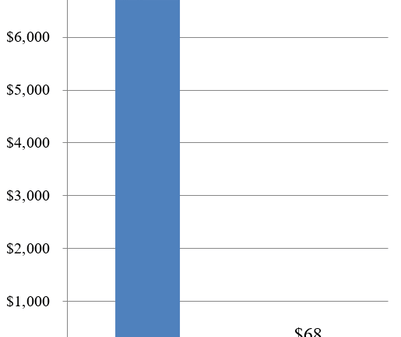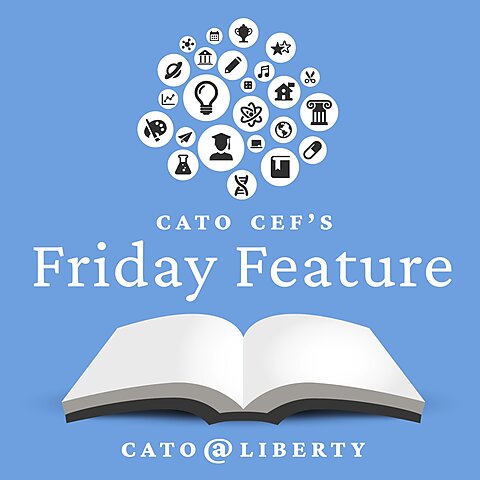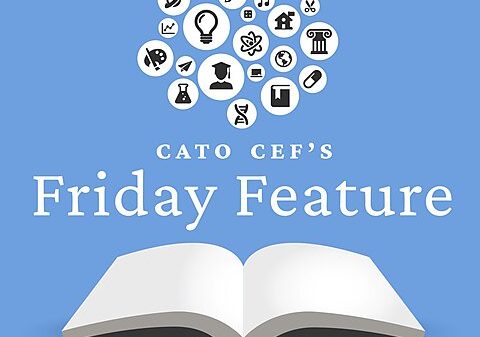
“Are they waving Terrible Towels?” I wondered for a minute when I attended my first National School Choice Week event in 2018. As a lifelong Steelers fan, that’s what a bright yellow rectangular fabric waving in the air usually was. And the event was in Pittsburgh, so it made sense. But, no, these were yellow scarves—and they’ve come to symbolize school choice.
National School Choice Week, a charitable project of the National School Choice Awareness Foundation (NSCAF), is celebrated throughout the country every year in January. Yellow scarves were purposely chosen to visually unify the celebrations, says Shelby Doyle, vice president of Public Awareness at the foundation. “The classic yellow school bus was the inspiration for the color, and the scarves were seasonally appropriate for January and easy for all ages of people to wear,” she explains.
Since the first National School Choice Week celebration in 2011, the event has grown by leaps and bounds. NSCAF now serves as a year-round resource for parents, teachers, school leaders, and policymakers. One of the more recent additions to the foundation’s offerings is Navigate School Choice, found at the catchy domain myschoolchoice.com.
The expansion of school choice policies that allow families to use tax funding for a variety of educational options has created tremendous opportunities. But, as I’ve written about previously, it has also created new challenges as parents try to understand the changing landscape. Navigate School Choice is a powerful tool designed to help parents overcome those challenges.
Shelby says Navigate School Choice is essentially the top of the funnel as parents explore their options. “Because of our scale, we are often the first place people start when they’re Googling local options,” she says. “We have robust state-specific information on our site. But we don’t want to be the last place and the last person you talk to. The goal is to kind of give you the elevator pitch for your state and then hopefully connect you with a state navigator organization that can speak with much more nuance to the things that are relevant where you live and be that person on the ground with you.”
That’s where the Navigate School Choice Network comes in. State and local navigators are on the front lines, advocating for choice policies, guiding parents through state rules, and helping them find options in their areas. By joining the network, these organizations gain access to resources to help them fundraise, budget, build a website, and promote the website—all of which will help them fulfill their missions more effectively. They also have monthly Zoom calls where they share ideas and help each other with problems or questions that arise.
For new or small organizations, the website support may be the most exciting part of Navigate School Choice. The school finder tool—which lets you search for schools by zip code, grade, and school type—is particularly useful because building and maintaining a mapping feature is expensive, complicated, and time-consuming. Network members can syndicate their state version for free and embed it on their website. As an added bonus, NSCAF staff maintain the school database and can do the embedding and help with any issues that arise.

In addition to the school finder tool, network members can republish content from NSCAF on their websites. Shelby has found that when most people start a navigation site, they have a handful of blog posts in mind that deal with topics they care passionately about. Incorporating content from the NSCAF resources can beef up the website and make it seem more complete.
“It can help fill out topics that you don’t have the capacity to dive into right now but could be interesting,” Shelby explains. “There are things we have that I’m not sure folks even know we have—like how microschools are actually governed in your state from our microschool guide, or what your state’s laws are about accessing special education services if you’ve chosen to go outside the public system for your student, or what the laws are governing native and Indigenous peoples’ education in your state. So you can kind of plug-in those blocks to fill in things that maybe aren’t your expertise.”
To reach even more parents, there is also a Spanish language version of NSCAF’s school search resources, Conoce tus Opciones Escolares. This site has many of the same resources as the English language site, such as explanations of various types of schools, what school choice programs are in each state, and the school finder tool. But Conoce tus Opciones Escolares also has a directory of organizations allied with Latinos and an English learner’s guide that is specifically designed to support Spanish-speaking parents looking for the best options for their children.
Navigate School Choice was born of a strong desire to make sure the expansion of school choice is truly helping families. “Options are the first and an incredibly important step, but actually being able to navigate through them is critical,” says Shelby. “By bringing folks who are doing that direct work with parents together to talk about what they’re trying, what issues parents are consistently having, questions and points of confusion that are coming up across different programs, we can hopefully streamline things for parents and deliver better navigation services for them.”
























